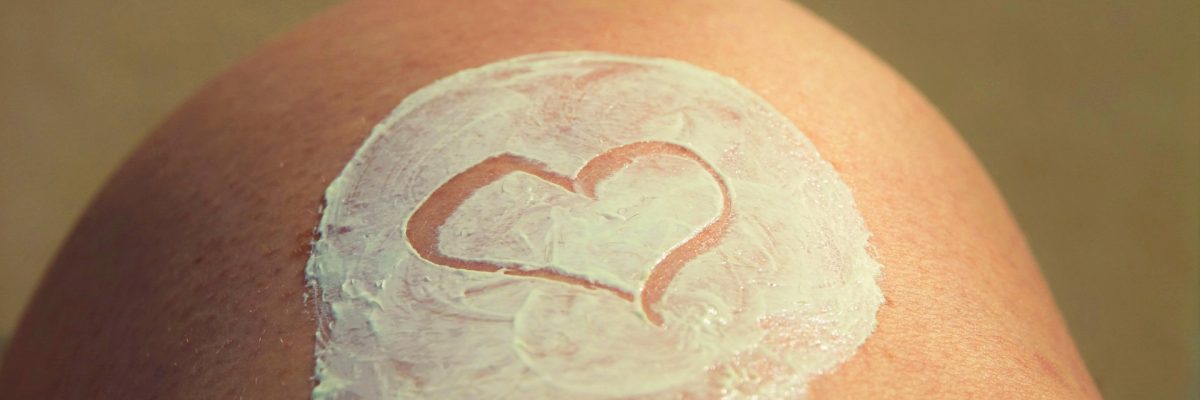Discover our new UV filters
Click on the product to ask for a quote
Ask us for other UV filtres
Days are getting longer, temperatures are milder, and our thoughts are already starting to turn towards the sunny season! Summer is approaching and we at ECSA Chemicals are pleased to tell you what lies behind the world of sun creams. Enjoy!
Most of brands are looking for low-cost high SPF sunscreens, which are easier and more pleasant to apply (light weight, non-sticky, non-greasy…). To meet these needs, labs need to optimize many different aspects of their broad-spectrum sunscreen formulation.
In this article, we would give you some tips and formulation strategies.

Key steps:
- Combine UVB with UVA filters (UVB wavelengths 280-315, UVA 315-400)
- Combine oil soluble with water-soluble filters to ensure a distribution of actives in both phases of the emulsion but be careful because some combinations could increase the photo-degradation (ex. EHMC + BMDM) and there are many patents on combinations.
- Combine organic with inorganic filters
- Check the list of permitted filters in the countries where the product will be marketed. There is a maximum concentration of individual UV filters allowed in a product and cannot be arbitrarily increased. The maximum permissible concentration for the two inorganic oxides is 25% in most countries, while the limit for organic filters is normally between 4% to 15%
2. SELECT THE BEST FORMULATION TYPE
Advantages and disadvantages of each type:
ADVANTAGES: Skin feel – Easy to manufacture – Low cost
DISADVANTAGES: Lower SPF – Limited water resistance
ADVANTAGES: Water resistance – Efficacy
DISADVANTAGES: Skin feel – Higher cost – Less stable
ADVANTAGES: Water resistance – Efficacy
DISADVANTAGES: Only for small areas – Hard to formulate
ADVANTAGES: Easy to formulate
DISADVANTAGES: Low efficacy – Expensive
ADVANTAGES: Ease of use – Few ingredients formulation
DISADVANTAGES: Efficacy highly related to conditions of use – High filters concentration
ADVANTAGES: Fresh skin feel
DISADVANTAGES: Low efficacy – No water resistance – Limited range of filters
3. MAXIMIZE EFFICACY OF FILTERS
UV filters reduce the amount of UV light that penetrates the skin. Two different types of filters are used. There are ORGANIC filters which are carbon-based. And there are INORGANIC filters, with mineral-based zinc oxide and titanium dioxide, free of carbon.
ORGANIC FILTERS
- Improve photostability of photo-labile sunscreens by the addition of photo stabilizers, avoid any interaction between filters by encapsulation
- Obtain small droplet size
- Improve solubility of filters in oil phase (polar emollients are good solvents)
INORGANIC FILTERS
- Disperse well the particles in the emulsion (better if in the external phase)
- Choose the grade with a smaller particle size for greater transparency, with a larger particle size for a greater UVA protection
- Select hydrophilic or hydrophobic coating depending on pH, electrolytes, emulsifiers…
4. ADD RHEOLOGY MODIFIERS AND FILM-FORMING POLYMERS
A good film is a powerful SPF booster. The ideal rheological properties are:
- Low viscosity at high shear stress
- Low thixotropy
- Short recovery time
5. SET UP AN ACCURATE PROTOCOL TO TEST THE STABILITY OF YOUR FORMULATION.
Formulations must be stored at different temperatures for several weeks to investigate their stability. Colour, centrifugation, liquefaction, phase separation, pH and Sun Protection Factor (SPF) of sunscreen cream formulations must be determined and followed.

Sunscreens… It is not something just anyone can do!
Looking for some tips?
Our experts are happy to guide you through our products.